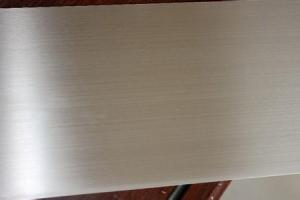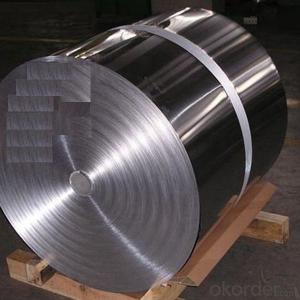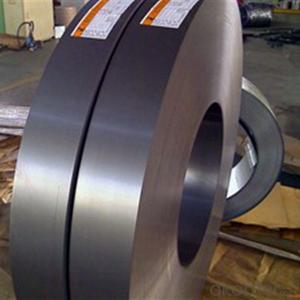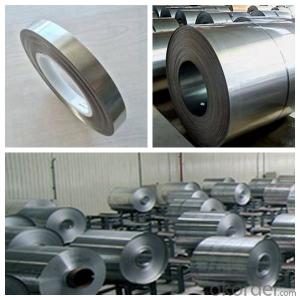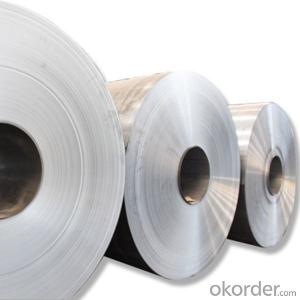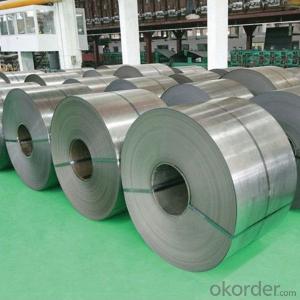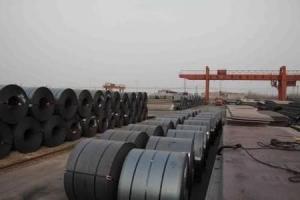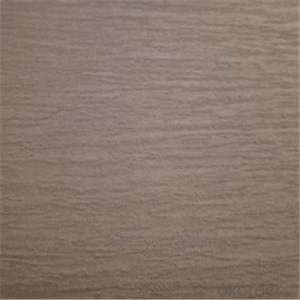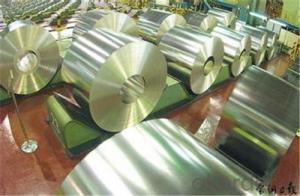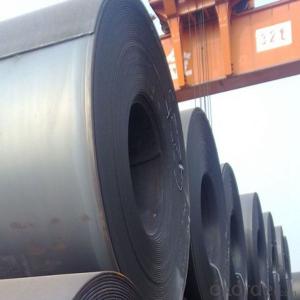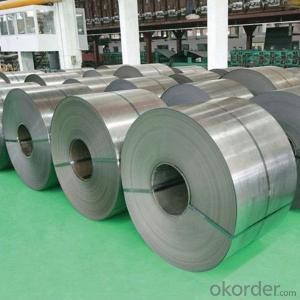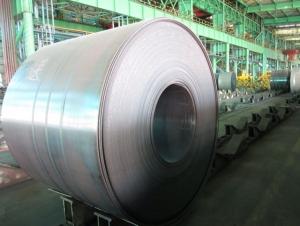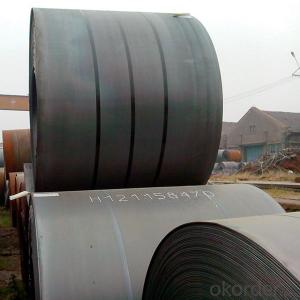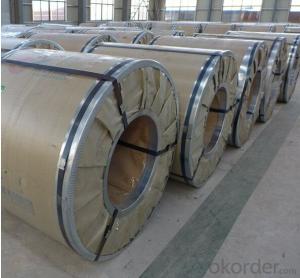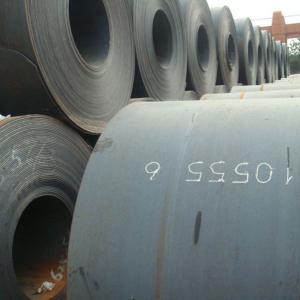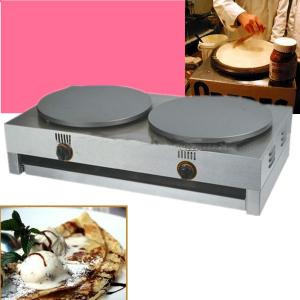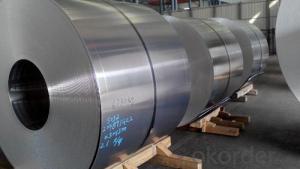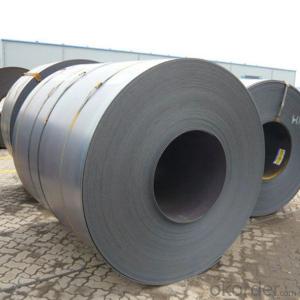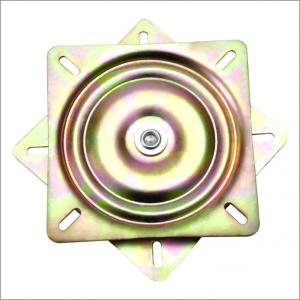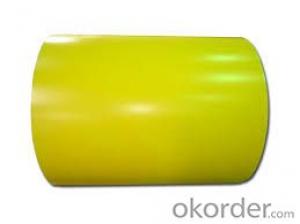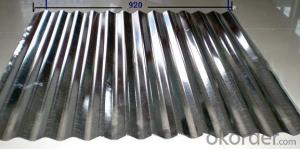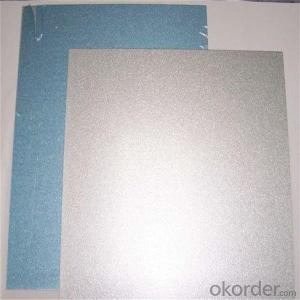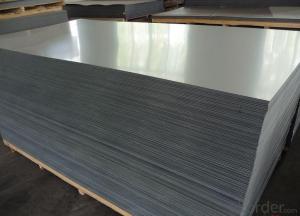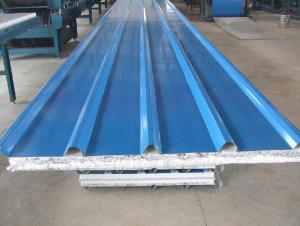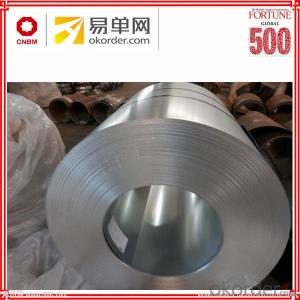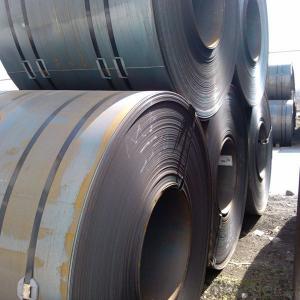Stainless Steel Kick Plates
Stainless Steel Kick Plates Related Searches
Stainless Steel Cover Plates Stainless Steel 4x8 Sheets Stainless Steel Charger Plates Stainless Steel Camping Plates Stainless Steel Dinner Plates Stainless Steel Kick PlatesHot Searches
Stainless Steel Plate For Sale Stainless Steel Sheet Prices Stainless Steel Sheet Near Me Stainless Steel Type Type Stainless Steel Stainless Steel Wholesale Stainless Steel Supply Stainless Steel Manufacturers Stainless Steel Types Stainless Steel Suppliers Stainless Steel Pricing Stainless Steel Sheets Price Stainless Steel Wholesale Stainless Steel Sheets Near Me Cheap Flower Pots WholesaleStainless Steel Kick Plates Supplier & Manufacturer from China
Okorder.com is a professional Stainless Steel Kick Plates supplier & manufacturer, offers integrated one-stop services including real-time quoting and online cargo tracking. We are funded by CNBM Group, a Fortune 500 enterprise and the largest Stainless Steel Kick Plates firm in China.Hot Products
FAQ
- Steel sheets are known for their exceptional impact resistance. Due to their high strength and durability, steel sheets can withstand significant force and absorb energy, making them highly effective in resisting impacts.
- Steel sheets are typically cleaned and maintained by removing any dirt or grime using a mild detergent or degreaser, followed by rinsing with clean water. To prevent corrosion, a protective coating such as paint or galvanizing is often applied. Regular inspections and prompt repairs of any damages are also essential for proper maintenance of steel sheets.
- Indeed, the installation of steel sheets is generally a straightforward task. Their lightweight nature allows for easier handling and maneuverability throughout the installation procedure. Moreover, steel sheets often come equipped with pre-drilled holes or interlocking systems, which further streamlines the installation process. By employing the correct tools and possessing fundamental construction knowledge, individuals can effortlessly mount steel sheets onto diverse surfaces like roofs, walls, or fences. Nevertheless, it remains crucial to adhere to the manufacturer's instructions and safety guidelines to guarantee a correct and secure installation.
- The process of applying anti-corrosion treatments to steel sheets typically involves several steps. Firstly, the steel sheets are thoroughly cleaned and degreased to remove any dirt, oils, or contaminants. This is done using specialized cleaning agents and techniques such as solvent cleaning or alkaline cleaning. Once the sheets are clean, they may undergo a process called surface preparation or surface conditioning. This step involves roughening the surface of the steel to enhance the adhesion of the anti-corrosion treatment. Common methods used for surface preparation include sandblasting, shot blasting, or acid etching. After surface preparation, the steel sheets are ready to be coated with the anti-corrosion treatment. There are various types of treatments available, such as metallic coatings, organic coatings, or conversion coatings. Metallic coatings, such as galvanizing or electroplating, involve applying a layer of metal onto the surface of the steel sheets to provide a protective barrier against corrosion. Organic coatings, such as paint or powder coatings, are applied as a liquid or powder and form a protective film over the steel surface. Conversion coatings involve a chemical reaction with the steel surface to create a protective layer. The application of the anti-corrosion treatment can be done through several methods, including spraying, dipping, or brushing. The specific method used may depend on factors such as the type of treatment, the size of the steel sheets, and the desired finish. After the treatment is applied, the steel sheets may undergo a curing or drying process to ensure the treatment adheres properly and forms a durable protective layer. This can involve air drying, baking in ovens, or using heat lamps. Overall, the process of applying anti-corrosion treatments to steel sheets involves cleaning, surface preparation, coating application, and curing. These steps help to protect the steel from corrosion and extend its lifespan.
- The price of each steel sheet may vary depending on various factors such as size, thickness, quality, and market conditions. It is best to check with steel suppliers or manufacturers to get an accurate and up-to-date price for the specific steel sheet you are interested in purchasing.
- Some common finishes available for steel sheets include hot rolled, cold rolled, galvanized, and stainless steel.
- There are several different coating options available for steel sheets, each offering unique benefits and characteristics. Some of the most common coating options include: 1. Powder coating: Powder coating involves applying a dry powder coating material onto the steel sheet. This coating is then cured under heat to form a protective layer. Powder coating provides excellent durability, corrosion resistance, and aesthetic appeal. It is also environmentally friendly, as it does not contain solvents or VOCs. 2. Paint: Paint is one of the most traditional coating options for steel sheets. It involves applying liquid paint onto the surface, which then dries and forms a protective layer. Paint coatings offer a wide range of colors and finishes, making them suitable for various applications. However, they may require periodic maintenance and can be susceptible to chipping and peeling. 3. Galvanizing: Galvanizing is a popular coating method for steel sheets, especially in industries where corrosion resistance is crucial. It involves applying a layer of zinc onto the steel surface through a hot-dip process. This creates a protective barrier that prevents corrosion and rusting. Galvanized coatings are highly durable and long-lasting. 4. Epoxy coatings: Epoxy coatings are known for their excellent chemical resistance and adhesion properties. They provide a tough and durable finish that protects steel sheets from corrosion, chemicals, and abrasion. Epoxy coatings are commonly used in industrial settings where harsh conditions are prevalent. 5. Chromate conversion coatings: Chromate conversion coatings, also known as chemical conversion coatings, are applied to steel sheets to enhance their corrosion resistance and improve paint adhesion. These coatings are typically thin and translucent, providing a clear or slightly yellowish appearance. Chromate conversion coatings are commonly used as a pre-treatment before painting or powder coating. 6. Ceramic coatings: Ceramic coatings offer exceptional heat resistance and durability. They are often utilized in high-temperature applications, such as exhaust systems or industrial ovens. Ceramic coatings can withstand extreme temperatures, corrosion, and abrasion, making them ideal for demanding environments. These are just a few of the coating options available for steel sheets. The choice of coating will depend on factors such as the intended application, desired appearance, environmental conditions, and budget. Consulting with a coating specialist or manufacturer can help determine the most suitable coating option for specific requirements.

